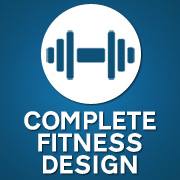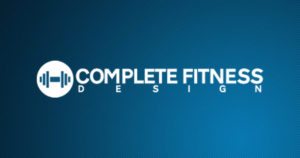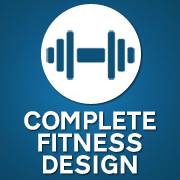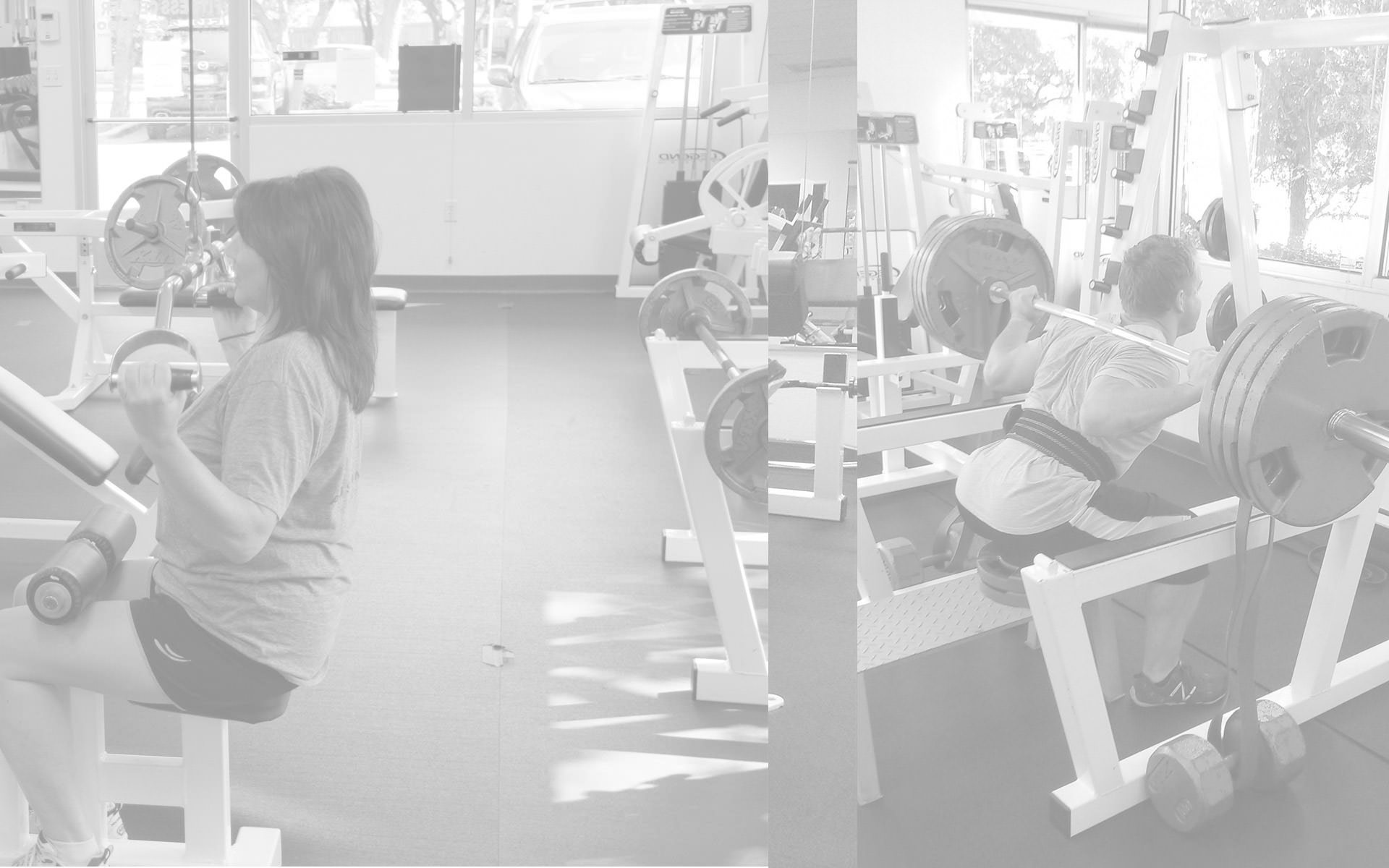Setting Fitness Goals
Common sense dictates that it’s far easier to establish a personal goal than to achieve one, unless of course, your goal is simply to set a goal. The realization and acceptance of the fact that you need to make a change, is perhaps the most vital and courageous step of the transformation process. Setting fitness goals is a tricky proposition, as denial is a very easy thing to fall into, as is justification, rationalization, deference of responsibility, etc. If it’s a problem, and you can truly appreciate the fact that it is such, and are ready to turn things around, then you need to establish not just a plan of action, but some goals, both short term, as well as for the long term.
How does one go about setting fitness goals? Reality is the best starting point. You know yourself and what you’re willing to do better than anyone. You’ll need to begin by asking yourself questions that you may not want to answer, but that’s the only way you will find success. Why is it that you drink so much soda or eat fast food, etc? Why do you avoid exercise? Why do you sabotage your workouts by not trying as hard as you can when you exercise? Be truthful with your answers and the transformation process can begin in earnest.
Along with being honest, being realistic is a very necessary component of goal setting. Sure, you’d love to look like the bikini model or the bodybuilder on the cover of the magazine in the checkout line, but are you willing to make the sacrifices they do? Are you truly willing to put in all the work they do? Lastly, is it within the scope of your genetics to achieve that look?
Setting fitness goals means that you should start small. Let’s say you’re a 5’3 female who weighs 240lbs. It’s taken a while to get that heavy, and will take a while to get down to your ideal bodily composition. You didn’t get that big overnight nor will you experience reduction overnight. True and lasting results take time and commitment. That said, your initial goal isn’t to lose 120 lbs. That’s not only daunting, but self defeating as well. Let’s start with losing 1 single pound and by doing it the right way, through exercise and nutrition, as opposed to meal skipping, or other unhealthy practices.
Sticking with our example scenario of the 240 lb woman, as an Austin personal trainer for the past 20 years, a good, realistic, and attainable, goal should be approximately 2 to 3 lbs per week of weight loss, especially in the beginning. This will be achieved through proper and regular exercise, nutrition, including water intake, and absolute consistency in all of the aforementioned areas.
Fast forward several months and while the nutrition, water, and exercise is on target, the weight loss has slowed. This is a natural thing as plateaus are always an obstacle. This is where phase 2 goal setting takes place. Everything will need to be reevaluated and amped up, from exercise, target heart rates, nutrition guidelines, etc. There will be many plateaus and subsequent reevaluations along the way, so with that said, your plan of action will vary as will your goals. This in essence, will take you to the finish line, so to speak, though, it’s a long multi tiered process, as mentioned above.
Once we’ve gone about setting fitness goals and achieving some measure of success, whatever it may have been, how do we set about maintaining it? That’s a different equation entirely. These goals are known as the long term goals and will require a regimen to be followed for as long as you wish to maintain the result which you have achieved. It goes without saying that your short, middle, and long term goals need to be not just in perfect alignment, but reasonable and do-able. There’s no sense in making goals that are too ambitious for your mindset, and likewise, there’s no sense in setting yourself up for goals which aren’t realistic for your genetics. Both scenarios culminate in frustration, and often times, a future avoidance of the initial endeavor as a whole since a high level of frustration, futility, and failure, are now associated with the whole undertaking.
Baby steps, and one at a time, will see you through to the success of your fitness journey, so long as you’ve made realistic plans, kept a positive and realistic outlook, and have stayed the course.
Ready to Get Started?

Andy

Latest posts by Andy (see all)
- Workout Motivation: How To Get Motivated To Work Out - March 9, 2022
- Body Fat Types: Subcutaneous and Visceral Fats - June 1, 2019
- Why Diets Work If You Stick With Them - April 1, 2019






